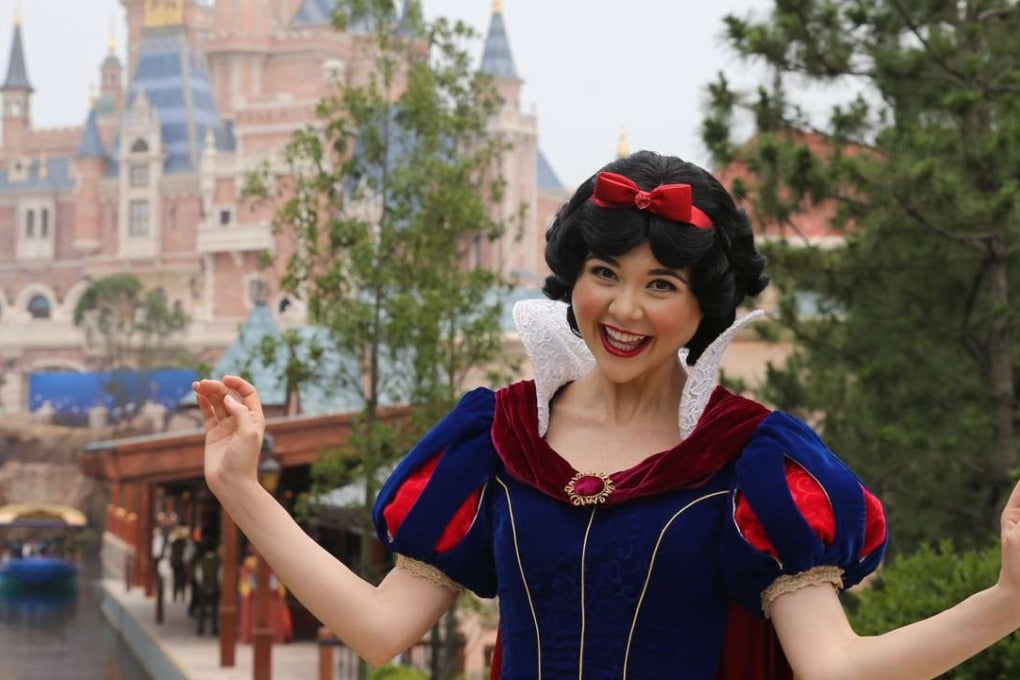How Disney made sure Shanghai Disneyland doesn’t put off Chinese visitors
Drawing on the lessons of launching Disneylands in Paris, Hong Kong and Tokyo, Walt Disney Co. has gone to great lengths to avoid cultural faux pas at its recently opened theme park in China

Even before the Walt Disney Company opened Euro Disneyland outside Paris in 1992, French intellectuals called the park a “cultural Chernobyl”, workers protested against the Disney dress code and neighbours complained that the park’s train whistles provoked their dogs to bark and geese to honk.
But Paris came to embrace its new neighbour and now the park attracts 10.4 million people a year, more than the number of visitors to the Louvre museum or the Eiffel Tower.
On June 16, Disney opened its biggest and most expensive international resort – a more than 400 hectare, US$5.5 billion development in Shanghai – and company executives know the challenges of trying to take the Disney magic abroad. An opening-day misstep or cultural faux pas at the Shanghai Disney resort could dent Disney’s hugely popular brand.
But if the risks are high, so are the rewards.
If it proves a hit, Shanghai Disney will add momentum to the USentertainment giant’s efforts to turn China’s 1.4 billion citizens into more voracious consumers of its merchandise and films.
Disney’s target is the country’s upper middle class, which is forecast to double to 100 million by 2020, according to the Boston Consulting Group. The Chinese tourism industry represents US$610 billion in spending in China and abroad, and the Chinese government predicts that it also will double by 2020.